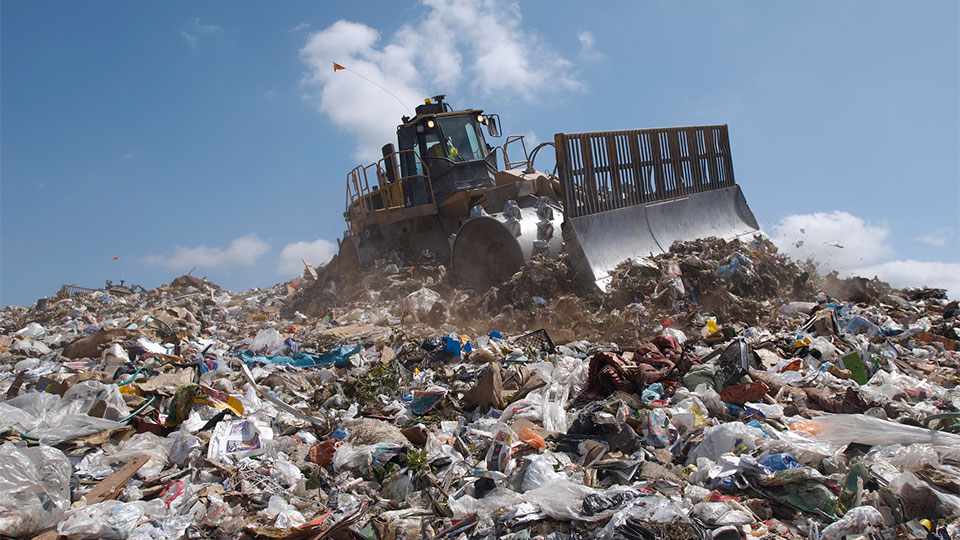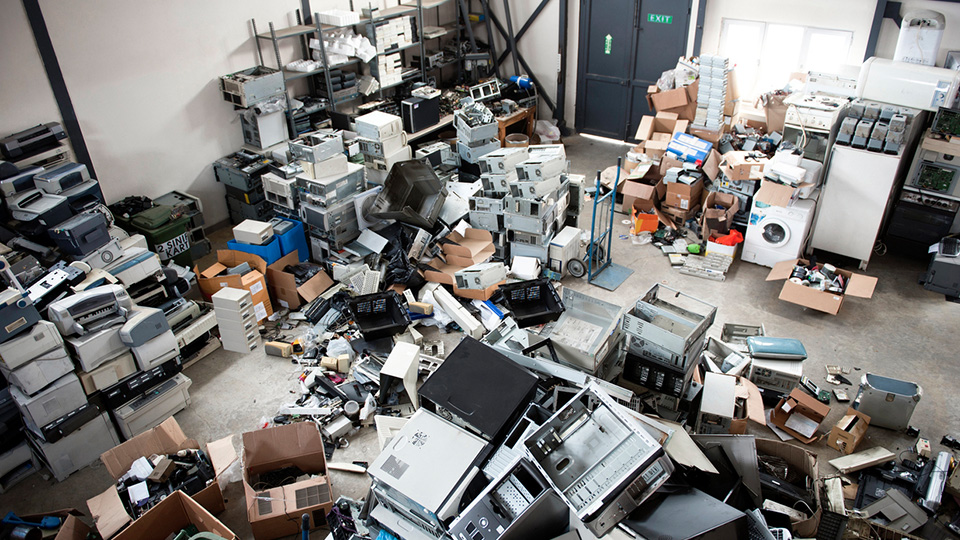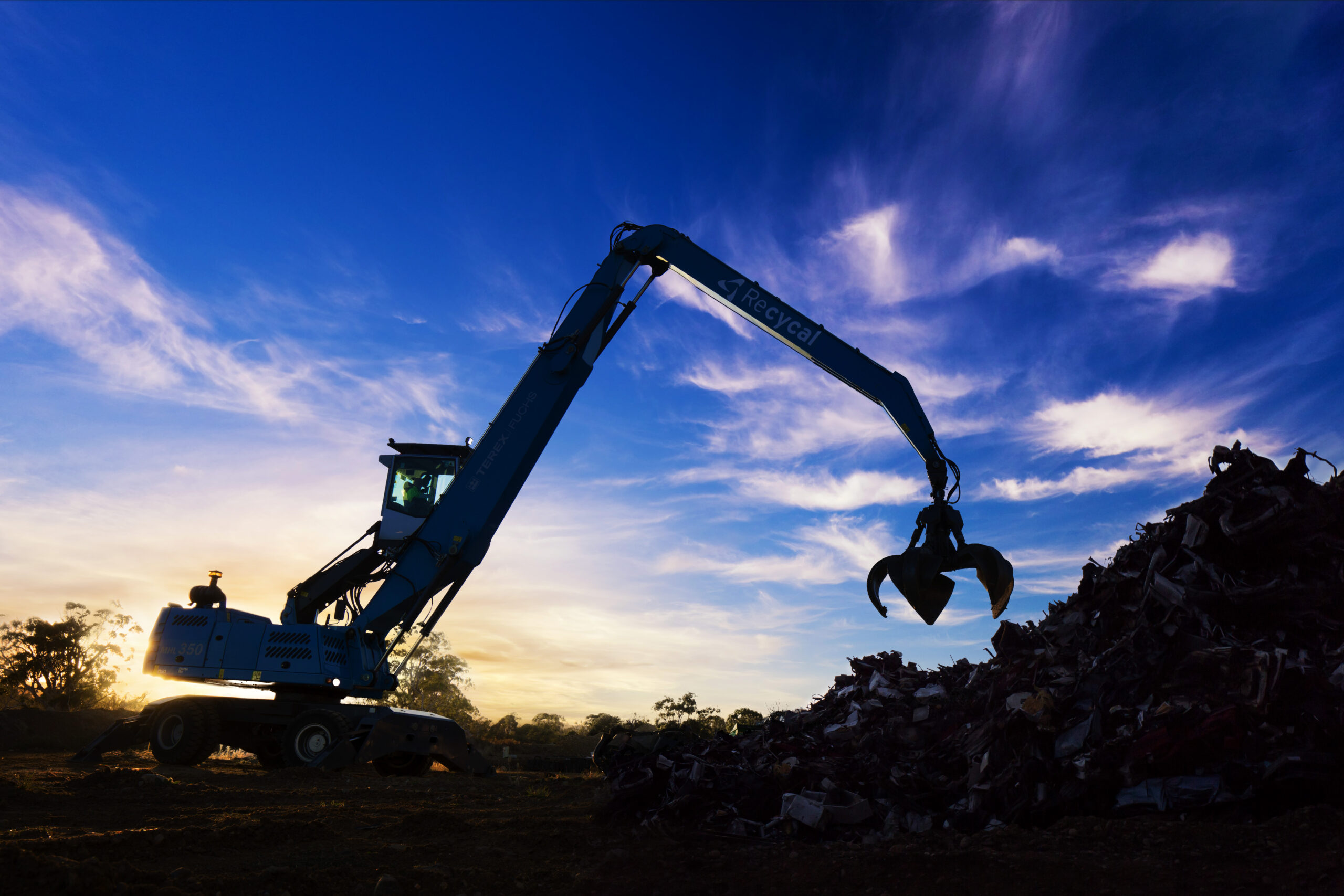It’s great to see that the Sydney Opera House has joined the FluoroCycle program and will recycle its fluorescent lights. The Opera House is just one of several organisations to sign up for the program, and their actions will help to keep substantial amounts of mercury out of the environment.
A recent article on Sustainable Suburbia points out that old-style incandescent light bulbs can have a mercury “footprint” greater than that of equivalent fluoro lamps. Coal-fired power stations can emit mercury, with the amount of mercury released in powering incandescent globes exceeding the combined mercury content of a compact fluorescent lamp and the emissions associated with powering it. Of course, recycling the fluorescent lamp allows its mercury component to be recovered, providing a much better overall result.
On a completely different topic, the ABC’s 7.30 Victoria aired a program on mercury from old gold mine tailings leaching into the Goulburn River water catchment. The program contains claims that 24 of Victoria’s 29 river basins are similarly contaminated.
It is estimated that 20-50 million tonnes of electronic waste is generated each year, with mercury representing just one of a range of hazards. Unfortunately, much of this waste is transported to countries with low or non-existent occupational health standards. It’s a problem best dealt with close to source by organisations with the proper processes and equipment to ensure safe handling and processing.
The European Union has just introduced new rules for handling e-waste, seeking to raise the collection target to 85% of annual waste by 2019. Australia already has similar targets in place.





